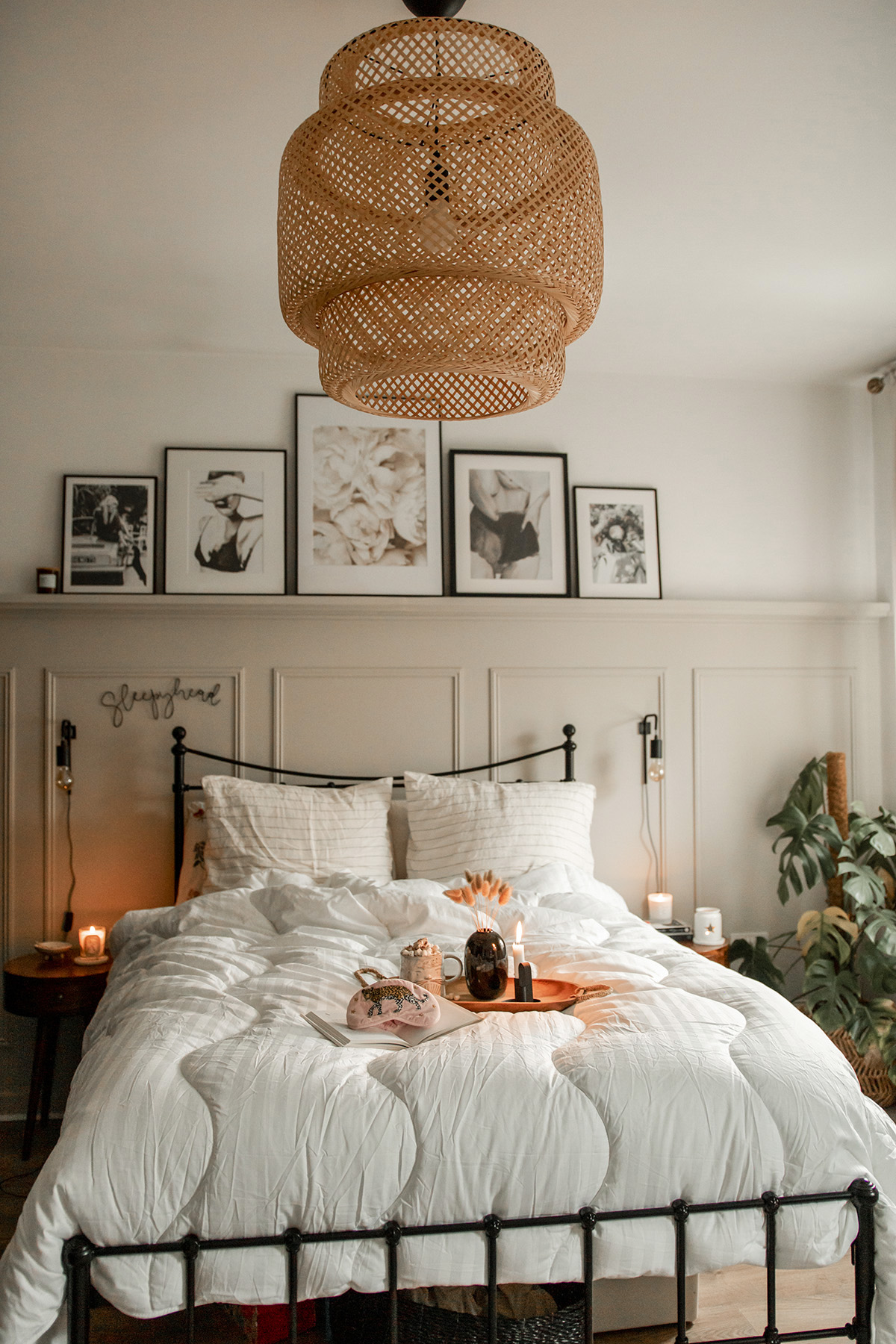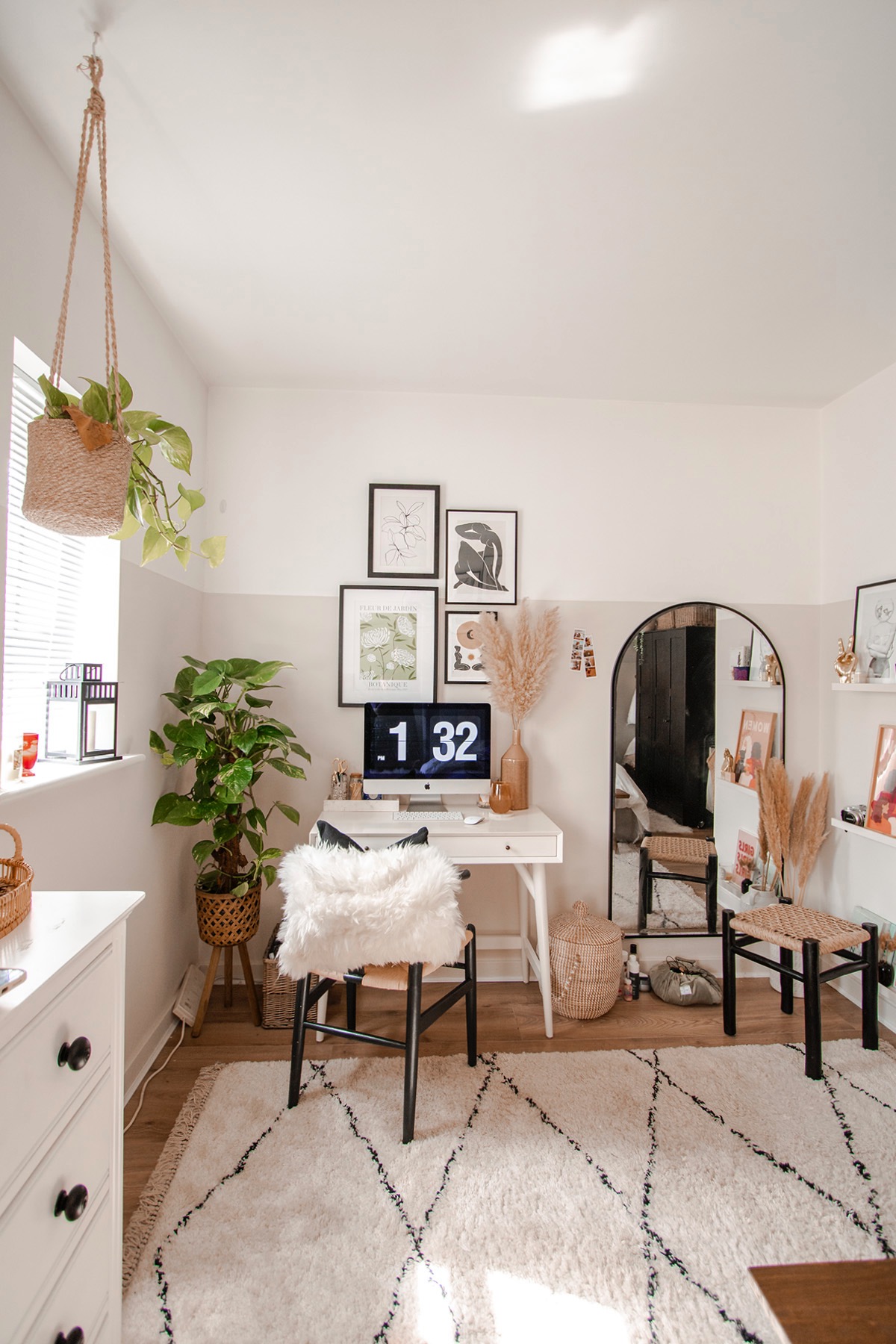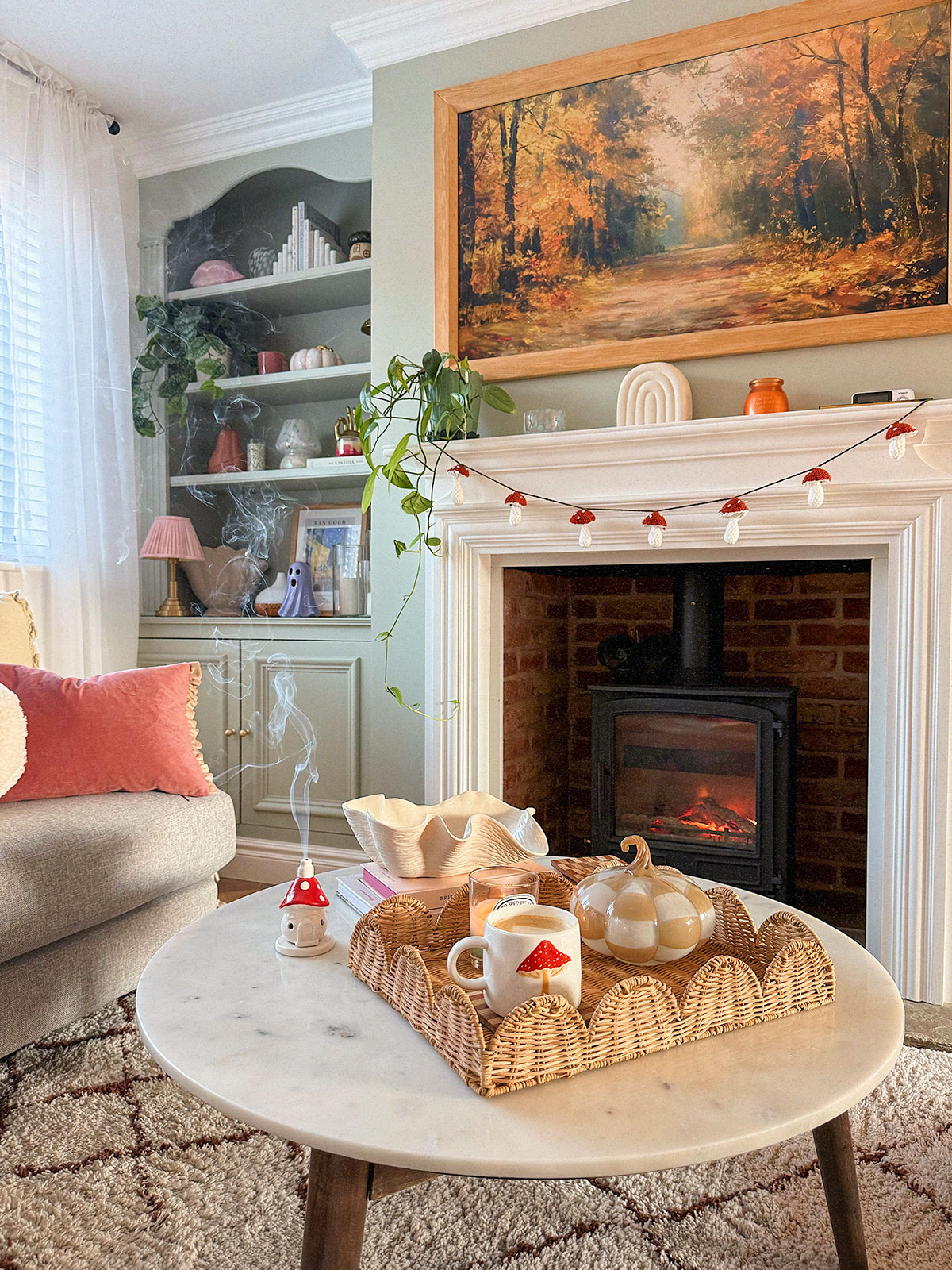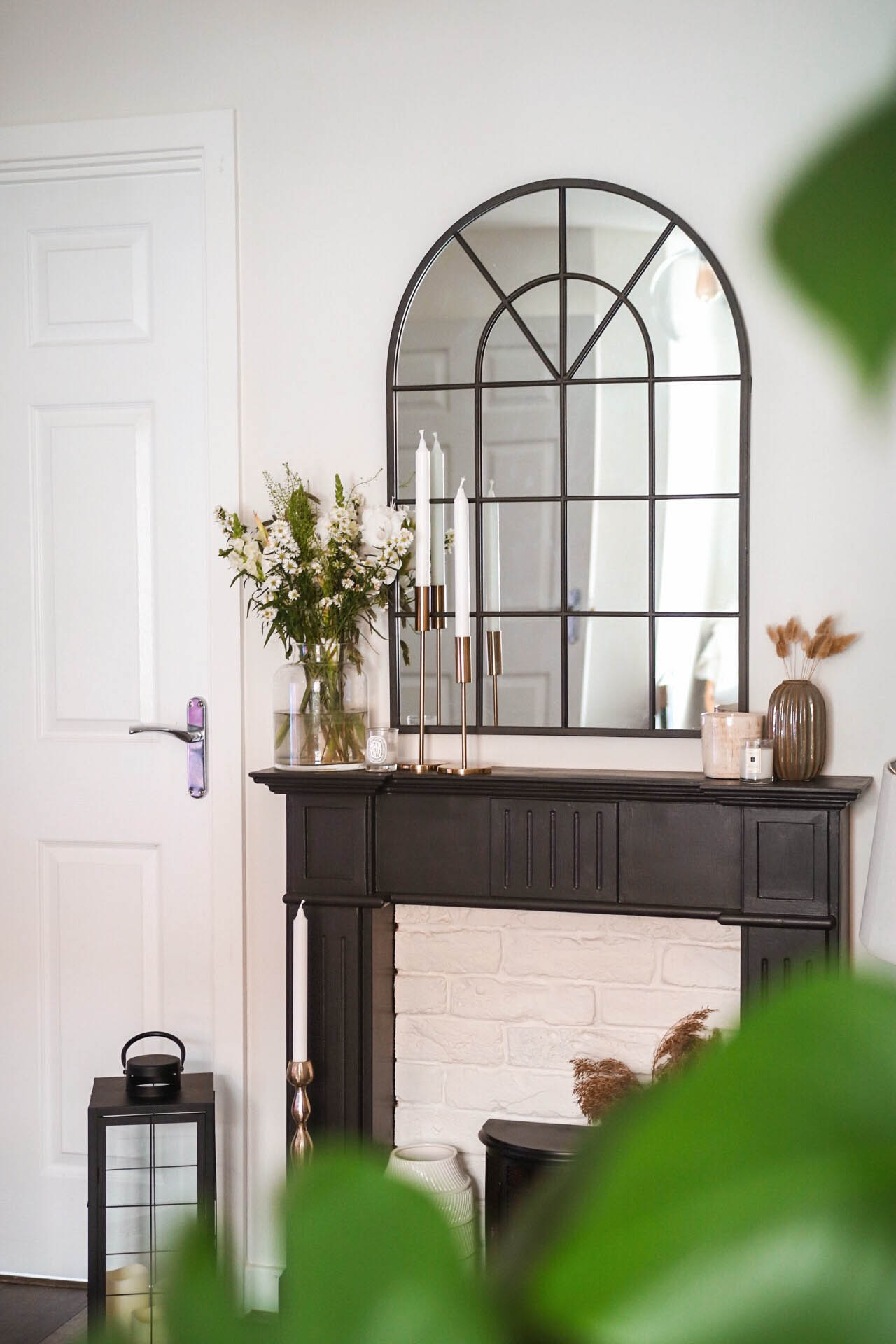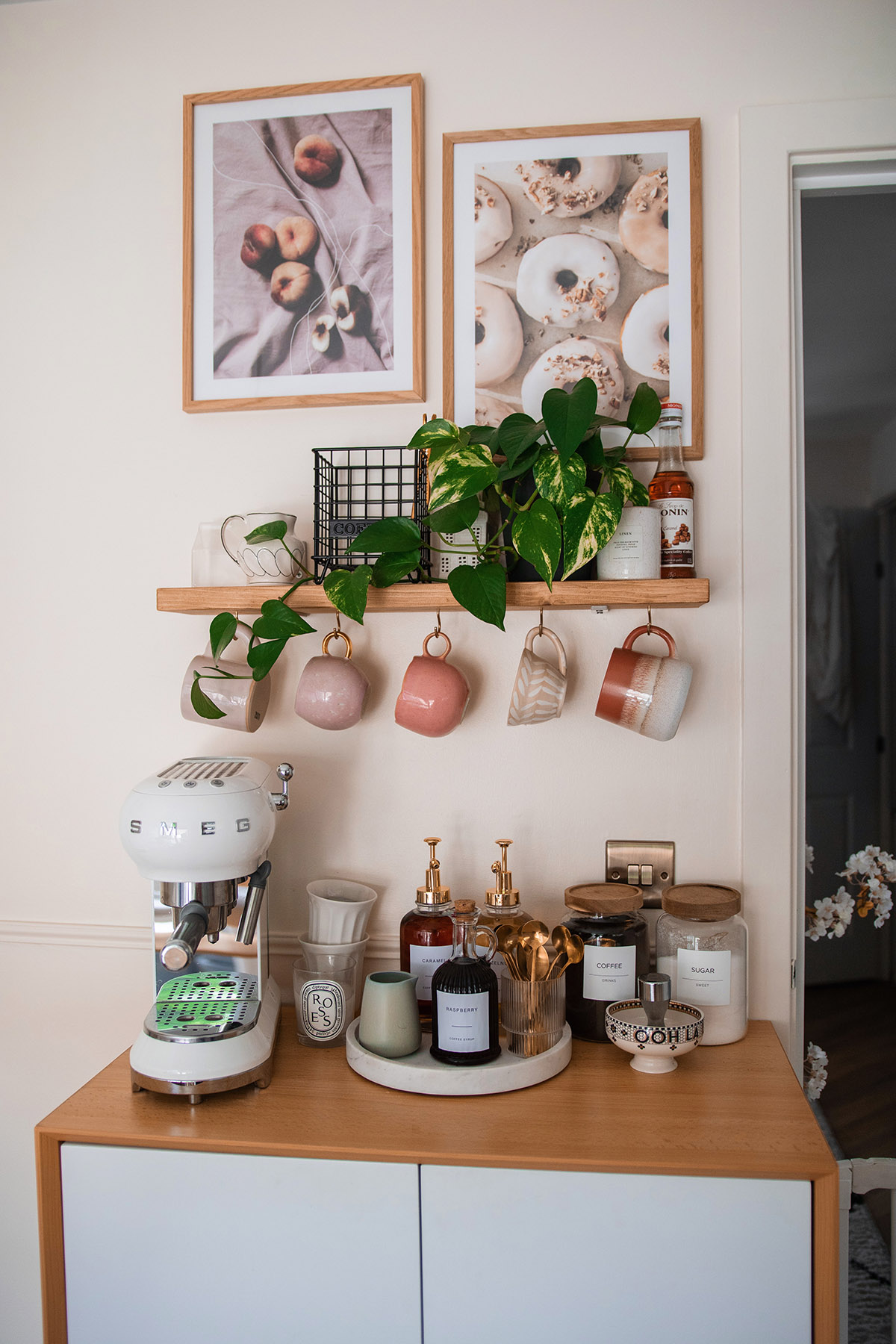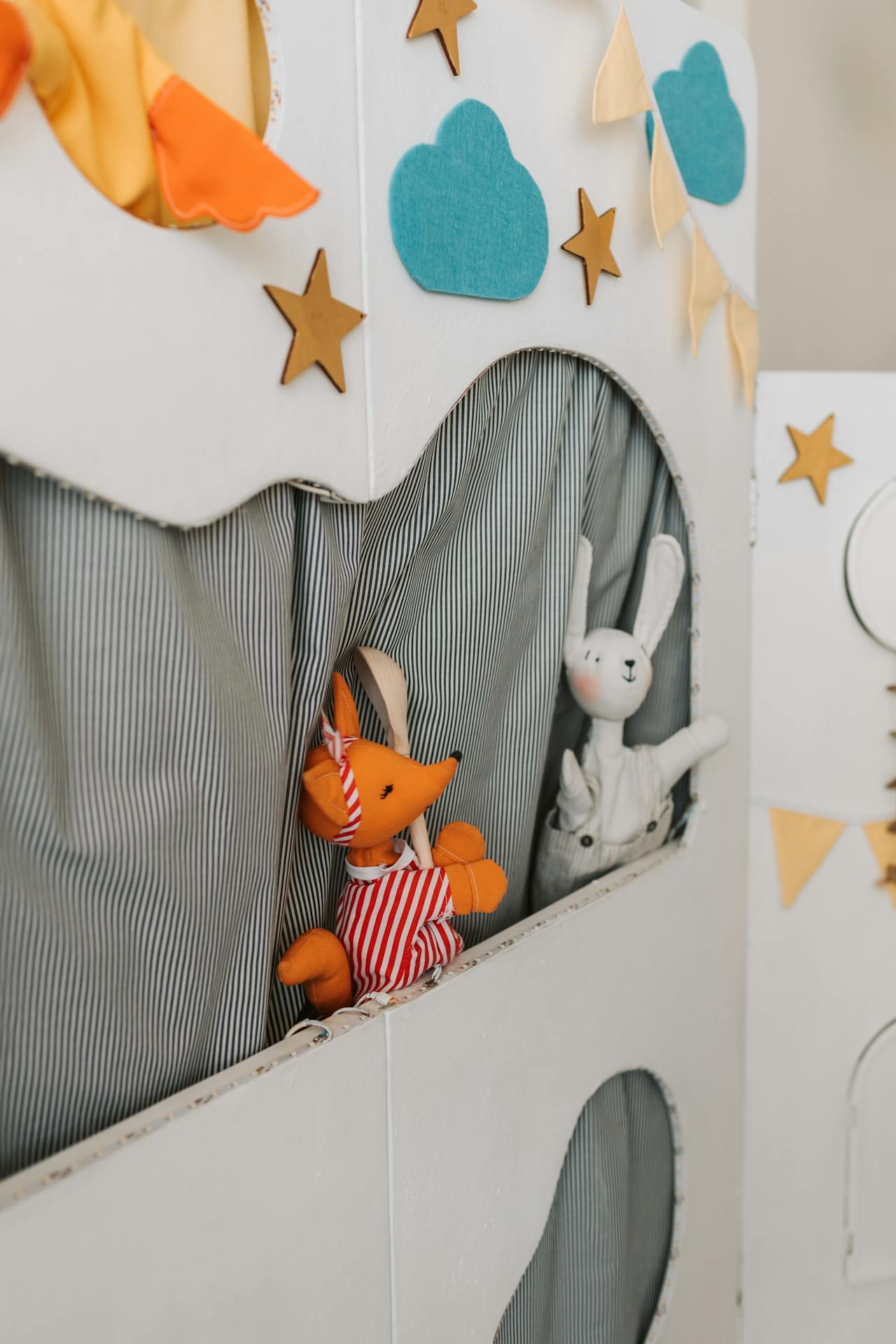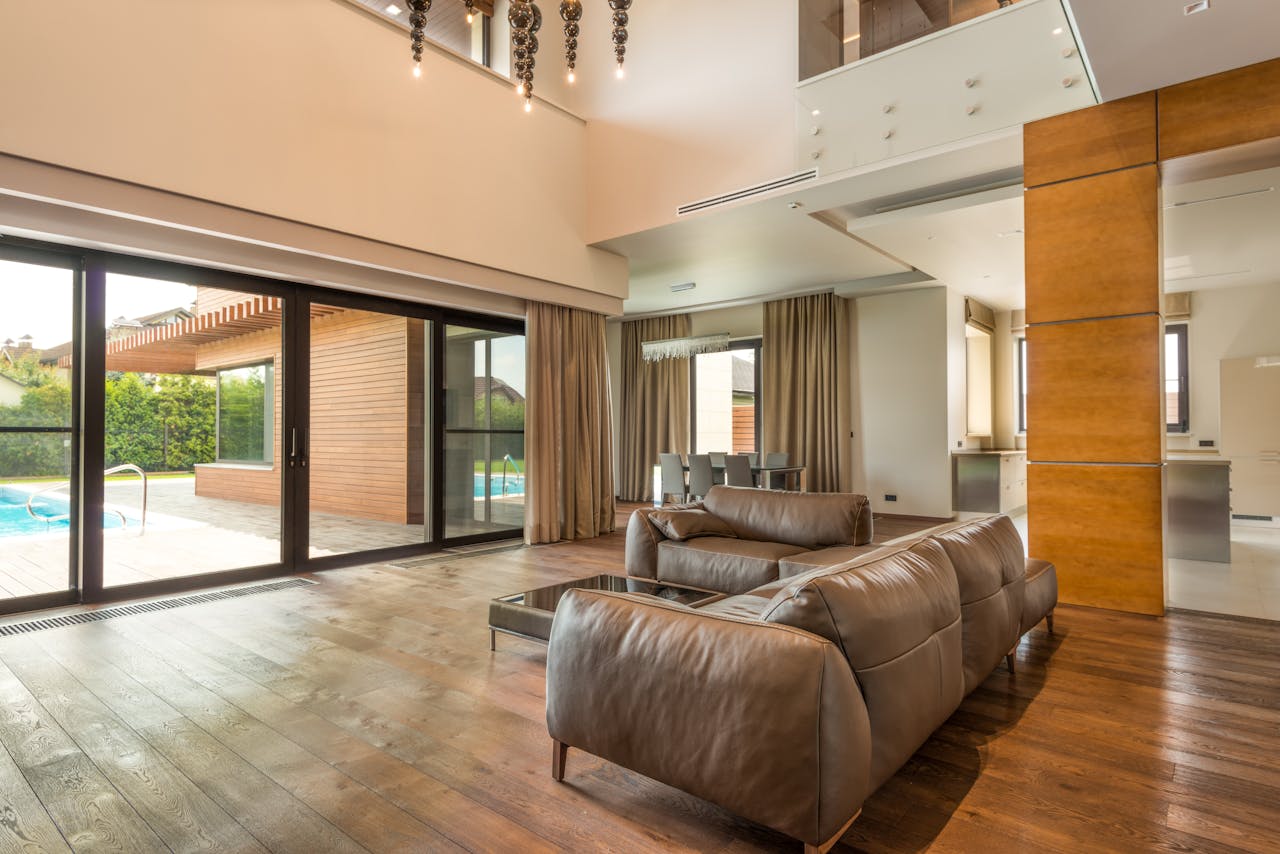
Traditional hinged doors, while functional, can interrupt the natural flow of modern spaces. They create visual barriers and require clearance space that limits furniture placement. Today’s design trend focuses on creating seamless transitions between rooms. It intends to help people move fluidly from one room to another without disruption, while still maintaining safety and a modern look. To achieve this, designers are combining sliding doors with strategically coordinated furniture for aesthetics and functional excellence.
When selecting coordinated furniture pieces that complement sliding door installations, retailers like ShopHomeStyles offer curated collections specifically designed to create seamless interior flows. Solutions are not rigid. Instead, choices are dependent on the user preferences and the overall design of the house. Here are ways a designer can create a seamless space effect on homes.
Create Minimalist Entryway Design with Sliding Doors
The entryway is the welcome or the handshake to any home or building and is the picture that lingers in the visitors’ minds. A well-designed entry should balance beauty, security, and flow. Sliding doors introduce a minimalist feel to the home that is practical. They have clean lines, spatial efficiency, and smooth operations that give them a flowing aesthetic appeal.
Create that seamless space by going with coordinated furniture, such as a console table in matching finishes, a low-profile bench or a streamlined shoe storage. Try to create material harmony. For example, if the sliding door features frosted glass and matte black frames, consider furniture with similar textures and tones.
Enhance Flexibility in the Living Areas
Sliding doors give living rooms some flexibility. This is a great feature when separating or connecting adjacent spaces like home offices or dining rooms. Unlike traditional hinged doors, sliding doors allow you to control sight lines and acoustics while maintaining a sense of openness in modern spaces. Try to have them across all entrances to adjacent rooms.
Like the entryway, pick the right furniture to maintain the flow. Consider soft neutrals as they visually extend the space. Your accent pieces like bookshelves, coffee tables and media units should have a similar design to the doors. For example, if you go with bold wood stains or hardwood like walnut, complement it with warm wooden furniture with matching stains or grains.
Escape Design: Blur Boundaries in Indoor-Outdoor Transitions
Another aspect of seamless spaces is the ease of movement from your indoors to the deck or patio. Use sliding doors for openings to these areas. This design has several advantages. For example, floor-to-ceiling glass sliding doors invite natural light while visually enlarging the area. Sliding doors also erase the perceived boundaries between interior and exterior zones of your home.
As for the furniture, consider low-profile, matched-design pieces to create a feeling of continuity. It does not need to be of the same material, but have a similar style. For example, if you have gone minimalist, your outdoor furniture could be bronze or steel, as they look less bulky. On the other hand, a traditional house could match indoor wood pieces with treated wooden outdoor counterparts.
Open-Plan Kitchens without Disruption
Most modern designs come with an open-plan kitchen. However, separation is usually necessary when you wish to contain noise, create intimacy and contain cooking odors and visual clutter. In this case, sliding pocket doors or translucent panels at the partition would be great options. Here, they retain the open feel but also allow for division when needed.
Coordinate the furniture to enhance the feel. It could be something as small as metal finishes or fabric that seems similar to your living spaces. The cabinetry style and other fixed hardware should also look similar to the sliding doors. This way, you create a smooth flow from one space to another.
Private Retreats: Bathrooms and Bedrooms
Sliding doors in bedrooms and closets have a dual functionality. They help maximize space efficiency. Unlike hinged doors, there is no need for clearance space for door operation. Sliding doors, however, create a flow from the living room to private quarters while still maintaining a decent level of privacy.
Have several sliding doors in your bedrooms or closet. Your wardrobe and cabinet could have one each. Additionally, the towel and toiletries storage could have them in your bathroom. Create harmony by going for a similar design for sliding doors across various closed spaces. Be sure to go with a similar style and decor palette when coordinating furniture. You can also add a harmonious touch with upholstered headboards or textile wall panels.
Use Sliding Doors as Architectural Pieces
Sliding doors are also great architectural pieces. Use them to define flow and manipulate light in desired spaces. There are several options in the market, including barn sliders, pocket doors and minimalist track systems, each of which comes with a different style. Pick a style that matches your décor and feel of your home.
Your choice of furniture should fit form and function. Check the space and pick pieces that best utilise it while remaining stylish. For small and multi-use spaces, consider modular storage, multifunctional pieces and foldaway desks. Lighting also plays a part when creating a flow. Use it to highlight focal points in your rooms and increase a perception of space.
Design Seamless Modern Spaces with Sliding Doors
From the moment one enters a space to the private corners of retreat, sliding doors and coordinated furnishings help tell a unified design story. They divide, decorate and enhance usability, define movement, and reinforce the overall vision of a space.
Ultimately, the goal is not just to furnish a space, but to compose it. When creating seamless spaces, every element matters. In this journey, premium home furnishings are the final touch that brings harmony to every threshold crossed.

